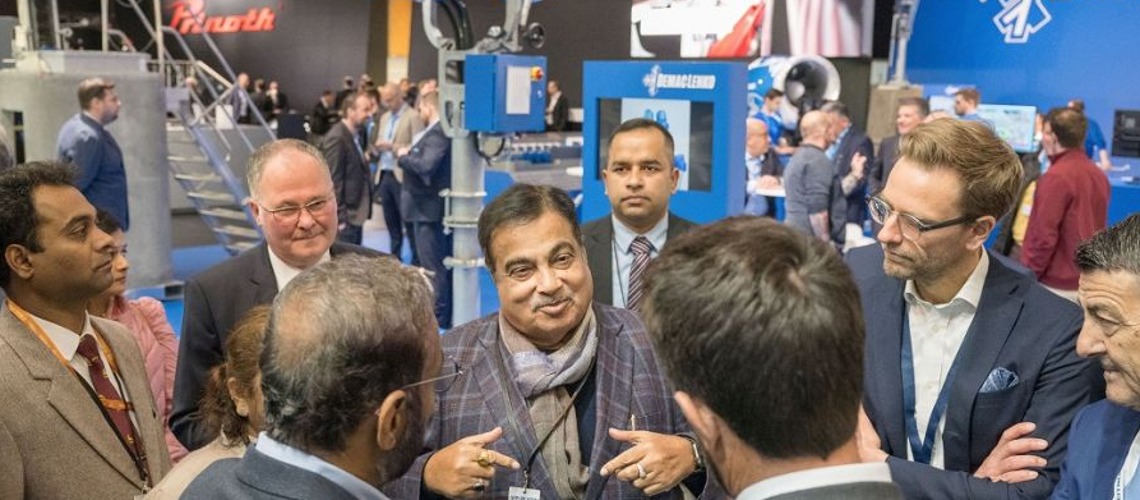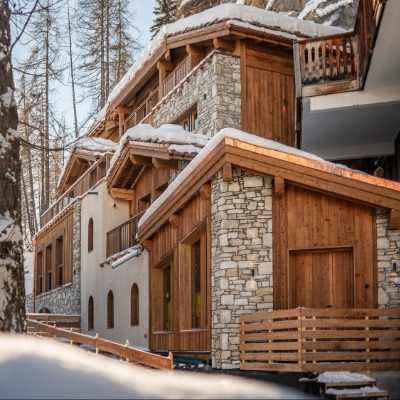India Says "The Era Of Urban Cable Cars Has Begun

At the cable car symposium last month, transport minister Nitin Gadkari had said that more than 200 projects had been identified.
Under the National Ropeway Development Program, the government aims to develop not only difficult, challenging and sensitive areas but also congested urban areas where conventional mass transit systems are not feasible.
Despite being economical, fast, environmentally friendly and suitable for difficult terrains, ropeways have not been exploited in India despite these factors.
With the focus now on cable cars, several projects are in various stages and at least eight of them are expected to be completed by 2026.
While presenting the Budget 2022-23, Finance Minister Nirmala Sitharaman announced the National Ropeway Development Program in PPP mode. Currently, the Ministry of Road Transport and Highways is responsible for the development of the cable cars. Last month, Transport Minister Nitin Gadkari had said that more than 200 projects worth Rs 1.25 lakh crore had been identified. There are at least 30 projects with a total length of 120 km in various project stages.
FIRST URBAN CABLEWAY PROJECT IN INDIA
India's first urban ropeway project is coming up in Varanasi, Uttar Pradesh. This will also be the first completed project under the program. The cable car connects Varanasi Cantt to the busy and crowded Godowlia Chowk, allowing tourists, pilgrims and residents of Varanasi to travel easily between the railway station and the Kashi Vishwanath Temple. Travel time will be reduced from the current 45 minutes to just 16 minutes.
In March 2023, the Prime Minister laid the foundation stone of this passenger ropeway at an estimated cost of Rs 650 crore. Completion is expected for March 2025. This almost 4 km long route is realized with a monocable gondola with 29 supports. It will have five stations.
DHOSI HILL CABLE CAR PROJECT
The next project, expected to be completed in December 2025, is in Haryana - from Kultajpur Village to Dhosi Hill in Mahendragarh. The journey, with two stations almost 900 meters apart, reduces travel time from the current one hour to just three minutes.
SANGAM CABLEWAY PROJECT
The cable car in Uttar Pradesh's Sangam is expected to be completed in January 2026. This 2 km long 2-cable orbit will run between Shankar Viman Mandapam and Triveni Pushp in Prayagraj and will carry around 30,000 passengers daily. The route between the two points currently takes 30 minutes, with the cable car it will only take seven minutes.
CABLE CAR FOR MAHAKALESHWAR, KAMAKHYA & BIJLI MAHADEV
Three projects connecting all temples are expected to be completed by July 2026. One is being created for the Mahakaleshwar Jyotirlinga in Ujjain, another for the Kamakhya Temple in Assam. The Bijli Mahadev Temple in Himachal Pradesh is also scheduled to be connected to the cable car network by July 2026.
The cable car for the Mahakaleshwar Jyotirlinga runs from Ujjain Railway Station to the Triveni Museum and the Ganesh Colony, covering a distance of almost 2 km. The single-cable orbit will carry approximately 65,000 passengers per day and reduce travel time for pilgrims from 20 minutes to just six minutes.
The cable car in Assam connects Kamakhya Temple with Kamakhya Railway Station. This almost 2 km long single-cable gondola is intended to help relieve congestion on the road between the two destinations. It can carry more than 20,000 passengers per day.
In Himachal Pradesh, currently the only way to reach Bijli Mahadev Temple is by trekking, which is not feasible for everyone. With the new 2.5 km long cable car, travel time is reduced from over an hour to just seven minutes. The single-cable gondola starts from the nature park in Mohal and offers panoramic views of the Kullu Valley.
KATHGODAM-HANUMAN GARHI CABLEWAY PROJECT
Authorities plan to complete the Kathgodam-Hanuman-Garhi Temple cable car link in Nainital, Uttarakhand by September 2026. This 15 km long cable car will have six stations and will be able to carry around 60,000 passengers daily.
CABLE CAR TO SHANKARACHARYA TEMPLE
The Shankaracharya Temple in Srinagar is also scheduled to be connected to the cable car network by December 2026. This will reduce travel time from the current 30 minutes to just five minutes. The cable car not only makes the journey easier but also offers a panoramic view of the Dal Lake.
CABLE CARS FOR KEDARNATH & HEMKUND SAHIB
Other important, but somewhat longer-term projects include the Gaurikund-Kedarnath and Govind Ghat-Hemkund Sahib cable cars. The Gaurikund-Kedarnath cable car is expected to be completed by 2029 and will reduce travel time to about 30 minutes from the current eight hours. The almost 10 km long route will have four stations and will be able to carry 36,000 passengers per day. The three-cable gondola will provide the much-needed last mile connectivity to Kedarnath.
The cable car link to Hemkund Sahib is expected to reduce the travel time from Govind Ghat to just three hours from the current three days. The 12 km long cable car, planned for 2029, is expected to be able to carry 22,000 passengers per day.
The expansion of cable cars has great potential in India. The construction of cable cars involves lower land acquisition costs and is more economical than other means of transport.














